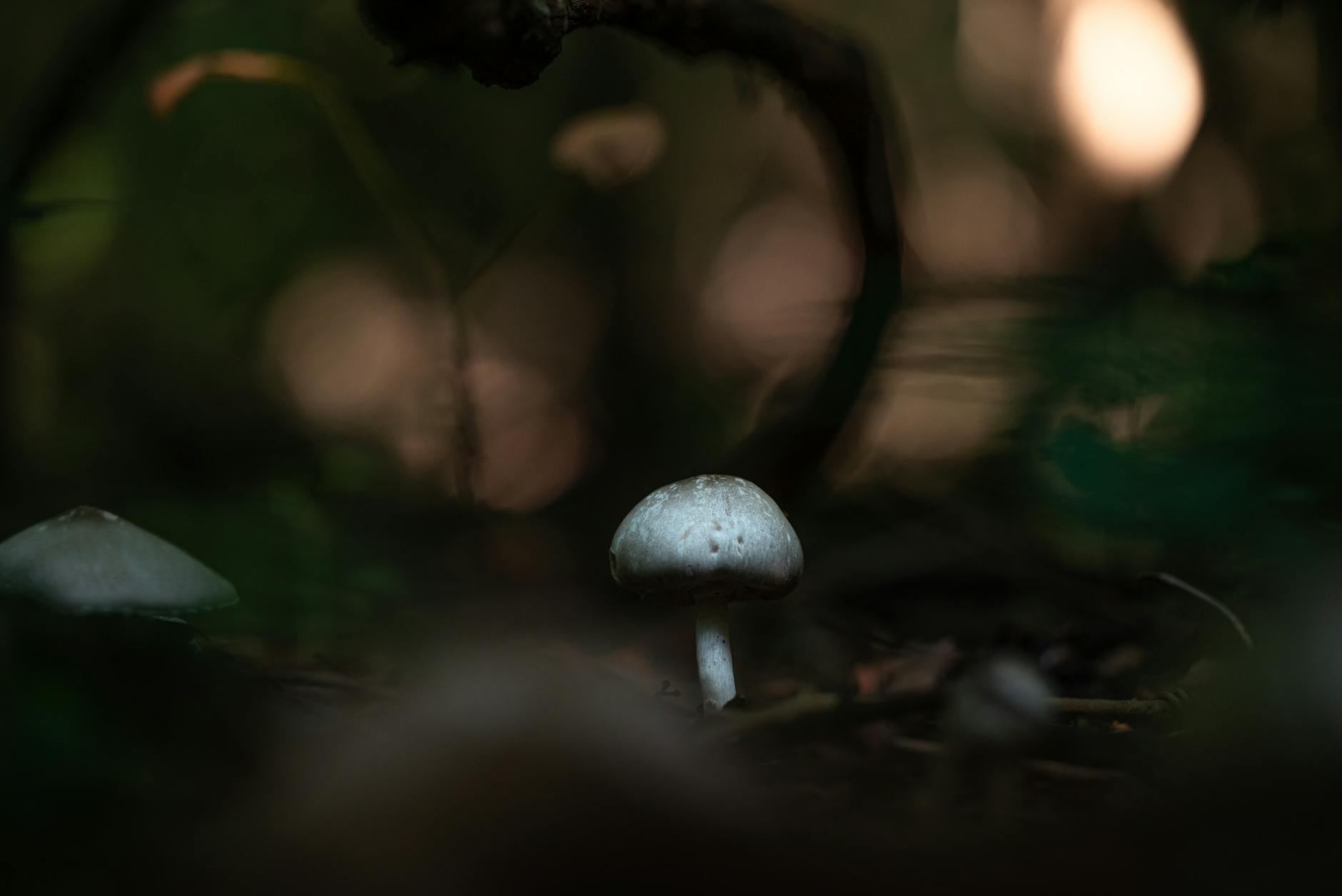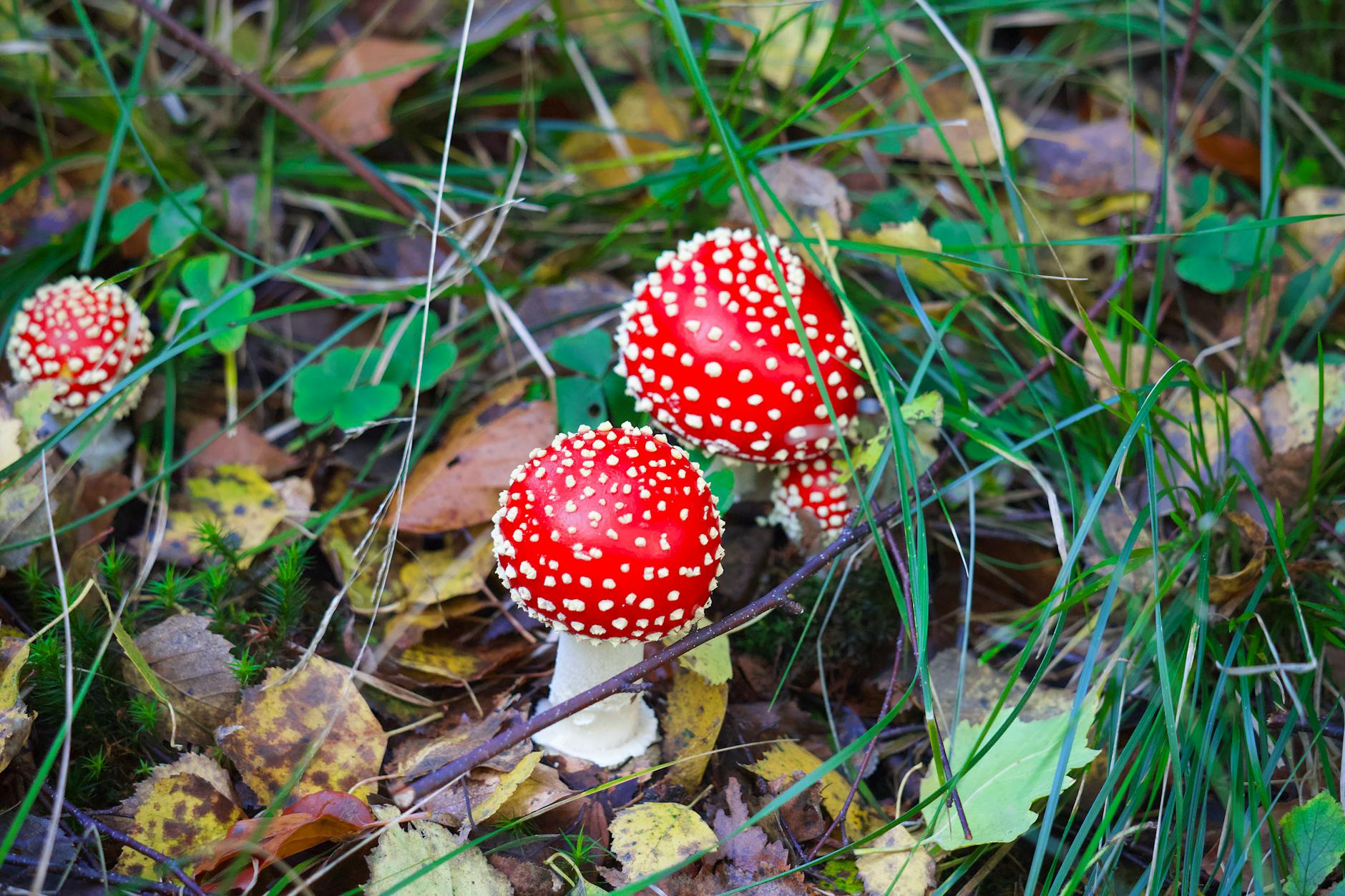Mushroom hunting is a popular outdoor activity that offers individuals the opportunity to explore nature while seeking out a variety of edible fungi. One intriguing method of mushroom foraging is scorched site foraging, which involves searching for mushrooms in areas that have been recently affected by wildfires or controlled burns. This unique approach to mushroom hunting can yield a diverse range of edible mushrooms that thrive in post-burn environments. In this article, we will delve into the world of scorched site foraging and explore the incredible edible mushrooms that can be found in these environments.
The Fascination of Scorched Site Foraging
Scorched site foraging entails venturing into forests or grasslands that have experienced recent fires or prescribed burns. While the aftermath of these events may appear desolate and charred, they create the perfect conditions for certain types of mushrooms to flourish. The intense heat from the fire sterilizes the soil, removing competing vegetation and allowing mushroom mycelium to quickly colonize and produce fruiting bodies.
Benefits of Scorched Site Foraging
One of the main advantages of scorched site foraging is the abundance of unique and flavorful mushrooms that can be found in these environments. Species such as morels, chanterelles, and black trumpets are known to thrive in scorched landscapes. These mushrooms often have a distinctive smoky flavor that sets them apart from their counterparts found in undisturbed areas.
Edible Mushroom Species in Scorched Sites
1. Morels: Morels are perhaps the most sought-after mushrooms in scorched site foraging. Their distinctive, honeycomb-like caps make them easy to identify, and they have a rich, nutty flavor. Morels are a versatile ingredient in cooking and are prized by mushroom enthusiasts.
2. Chanterelles: Chanterelles are another prized edible mushroom that can often be found in scorched environments. These mushrooms have a delicate, fruity flavor and a slightly peppery taste. Chanterelles are excellent in stir-fries, soups, and pasta dishes.
3. Black Trumpets: Black trumpets, also known as black chanterelles, are dark, trumpet-shaped mushrooms with a rich, earthy flavor. They are often found in areas that have been recently burned and are highly prized for their culinary value.
Safety Considerations
While scorched site foraging can be a rewarding experience, it is essential to practice caution and proper identification when harvesting wild mushrooms. Some species look similar to edible varieties but may be toxic if consumed. It is crucial to consult field guides or experienced foragers to ensure you are harvesting safe and edible mushrooms.
In conclusion, scorched site foraging offers a unique opportunity to discover a range of incredible edible mushrooms in post-burn environments. By exploring these areas with care and respect for nature, mushroom enthusiasts can uncover a bounty of flavorful fungi that add a touch of adventure to their culinary pursuits. Happy hunting!


